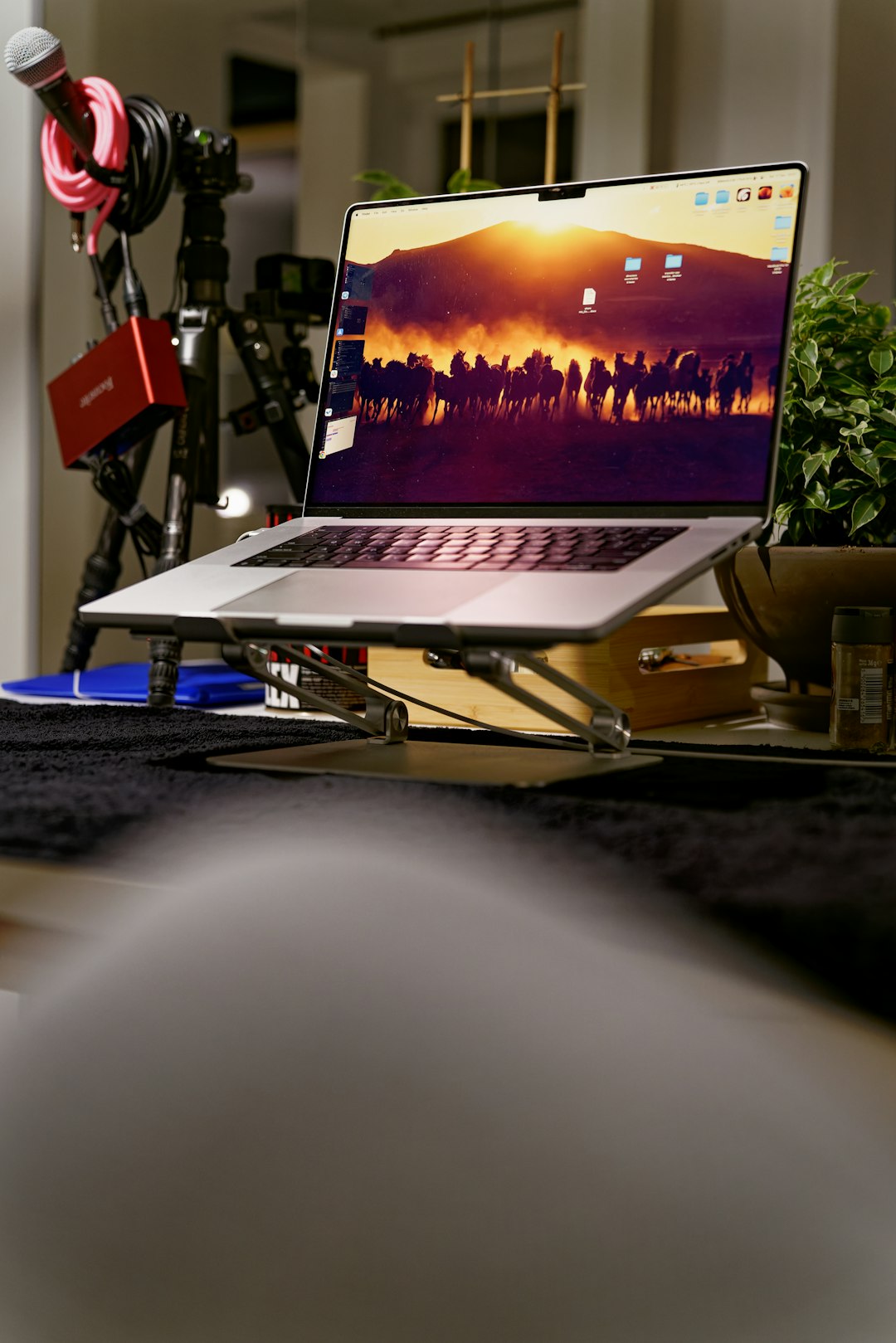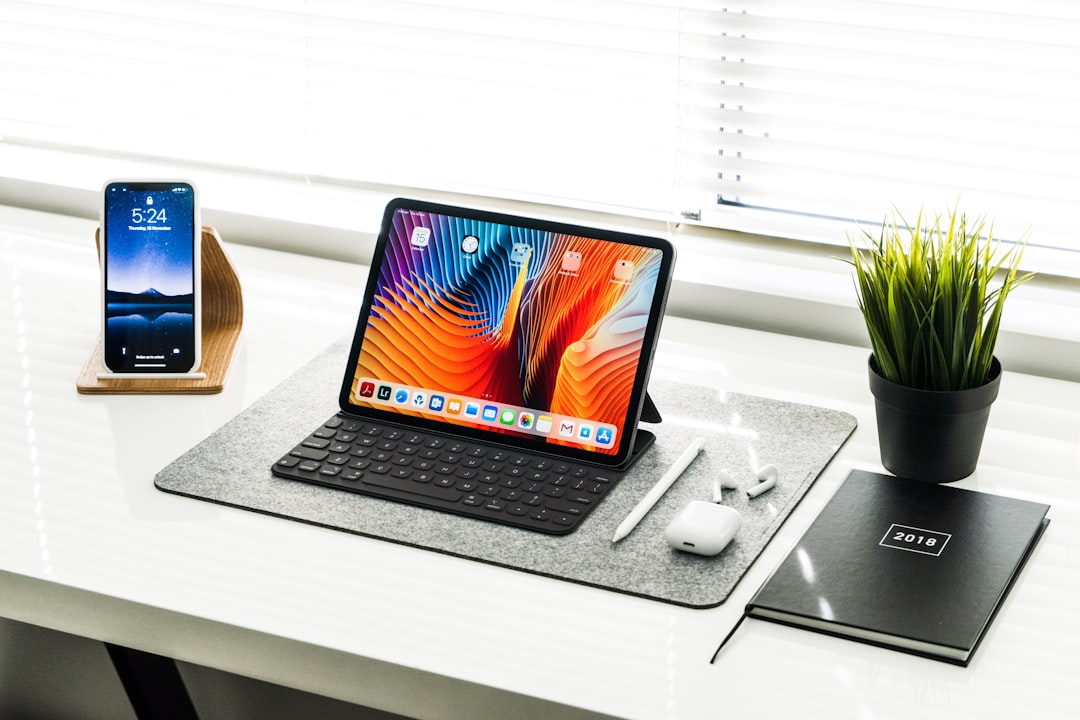In today’s increasingly digital world, computers are more connected than ever. One component that plays a vital role in this connectivity is the Connected Devices Platform Service (CDPSvc). Often running quietly in the background of Windows operating systems, this service works to enable communication between your PC and other connected devices, such as smartphones, tablets, smart TVs, and IoT devices. However, many users find themselves asking: what exactly does CDPSvc do, and how does it impact system performance and security?
Let’s delve into what the Connected Devices Platform Service is, its functions, and how it can affect your PC’s performance and privacy.
What Is the Connected Devices Platform Service?
The Connected Devices Platform Service is a background service introduced in Windows 10 and also featured in later versions of the Windows operating system. Its primary role is to support connected experiences between Windows devices. These experiences can include features like cross-device notifications, file and clipboard sharing through cloud services, and integration with various Microsoft and third-party tools and applications.
More specifically, CDPSvc facilitates:
- Communication between devices via Wi-Fi, Bluetooth, or the internet.
- Synchronization of app data and user settings across devices.
- Support for proximity features, such as unlocking a PC using a phone’s credentials when nearby.
This capability is particularly useful in environments where users operate multiple devices and need seamless interaction between them.

Impact on System Performance
Many users encounter the Connected Devices Platform Service while examining their Task Manager, often noticing it consuming CPU or memory resources. While typically lightweight, the service can, in rare instances, overutilize system resources, especially if a misconfiguration or an error is causing it to run abnormally.
If you’ve noticed higher-than-usual processor activity or sluggishness on your Windows PC, CDPSvc may be one of several contributing factors. Here’s what you should consider:
- Normal Behavior: In standard operation, CDPSvc uses minimal resources, especially when devices are not actively syncing.
- When It Becomes a Problem: High resource usage may occur if background tasks fail to complete or if device discovery loops.
- Disabling the Service: While possible, disabling CDPSvc may break certain features, such as Nearby Sharing or Phone Link integration.
Before opting to disable the service, it’s advised to investigate whether recent applications or updates are interacting with CDPSvc. Often a simple restart or system update can stabilize its behavior.
Privacy and Security Considerations
Because CDPSvc deals with data transfer between connected devices, it naturally raises questions related to privacy and security. Microsoft asserts that all data transferred through CDPSvc is managed in compliance with its privacy policies. However, users who are especially privacy-conscious may want to restrict or monitor this background communication.
Key security aspects to be aware of include:
- Data Transmission: The service may send and receive encrypted data such as notifications, preferences, and shared files.
- Device Discovery: It actively scans for nearby devices, which could expose your presence on unsecured networks if not configured properly.
- Permissions: Certain applications that utilize the platform may require access to microphone, location, or other sensitive elements.
To better control these settings, users can go to Settings > Privacy & security and review permissions granted to apps that use connected experience features.

Should You Disable CDPSvc?
While it may be tempting to disable any background service that you don’t directly interact with, doing so without a clear understanding can cause more harm than good. CDPSvc, in particular, supports features that many modern Windows users employ every day, often without realizing it.
Disabling the service could result in:
- Broken Phone Link integrations.
- Failure of Nearby Sharing to work.
- Loss of clipboard sync capabilities across devices.
However, if you do not use any cross-device functionality or are operating in a high-security environment where communication between devices must be restricted, turning off the service could be a reasonable step. Just make sure to document any changes, so that features can be reenabled if needed.
Conclusion
The Connected Devices Platform Service plays an important role in facilitating seamless interaction between digital devices. While largely unobtrusive, staying informed about what it does and how it behaves can help users make smart decisions about system configuration, performance optimization, and privacy protection.
As Windows continues to emphasize cloud-based and connected experiences, understanding the components that power these features becomes crucial. Whether you choose to leverage or limit the CDPSvc is entirely up to your computing needs and personal preferences.


